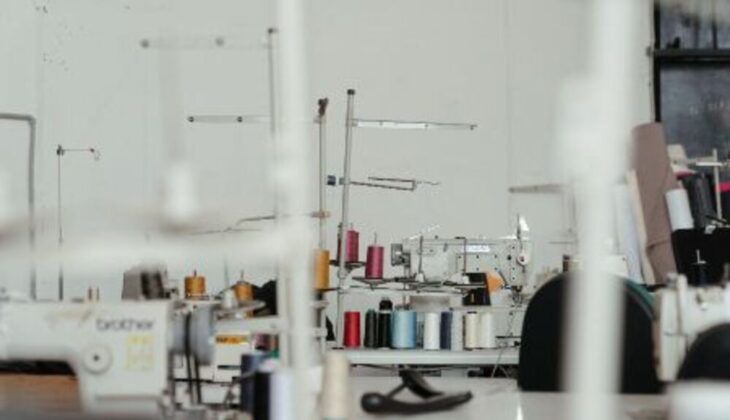When buying an embroidery machine, it is crucial that it meets all of your needs. A dealer should offer classes and help troubleshoot issues as needed. In addition, business embroidery machines should have access to on-site service technicians for added support.
Select an embroidery hoop size appropriate to the embroidery designs you plan on embroidering. Keep in mind that some designs might exceed its confines; therefore, opt for one with an ample hoop size.
Cost
Best embroidery machine for beginners vary significantly in price and features; therefore it is crucial that you consider which features you require before making your decision. For instance, purchasing one with an inbuilt thread trimmer could save both time and money in the long run. You should also inquire with any vendors or resellers as to their support options available for the machine in question.
Digitizing software enables you to convert digital images into file formats that your embroidery machine can read, enabling you to create embroidery designs. Some embroidery machines come equipped with several preloaded designs; others may come packed with hundreds more. Some even boast arched fonts which look more stylish than straight lettering.
Design library
There is an assortment of embroidery threads on the market. One popular variety is rayon thread, known for its vibrant sheen and lasting durability; machine embroidery machines tend to tolerate it better and thus it reduces thread breaks more efficiently than polyester thread.
Cotton embroidery threads are delicate yet natural plant fiber threads made specifically for embroidery use. Ideal for both hand and decorative machine stitching applications, embroidery cotton threads also work great on linen fabrics that may be exposed to chlorine bleaching solutions.
Embroidery silk thread is one of the most expensive thread options, usually reserved for high-end fabrics and luxury fashion items. Not only is its sheen unparalleled but its durability can only be rivaled by other thread types. There are two varieties: pure filament and spun silk.
Threads
Your thread choice is essential to the quality of your embroidery work, as the wrong type can cause machine misbehavior and threads come in various fiber types, finishes and weights – for instance high sheen trilobal polyester threads such as Sulky Polyneon offer great resistance against bleach washing or sun fading.
Other embroidery thread options include rayon threads, which offer bright and colorful thread options that can be used on most fabrics. Unfortunately, rayon can become easily tangled and snag during use and its colors may run when washed – if this occurs try short lengths dampened prior to working with it or metallic thread for additional sparkle in your designs.
Needle types
There are various needle types designed for embroidery machines, and each works best with specific fabrics and threads. A 75/11 needle is usually best-suited to most projects; when selecting one make sure that both eye size and shaft diameter match; needles with larger eyes prevent shredding by helping prevent thread shedding.
Embroidery thread comes in many varieties, from polyester and rayon to rayon and cotton. Viscose thread is soft yet strong enough for light to heavy fabrics while polyester provides good durability. Each type has their own purpose so make sure that when purchasing thread that suits your needs and will work with your machine by choosing one with specific stitch data file types like.PES or.JEF.
Installation
Embroidery is one of the most exciting ways to add a special, personal touch to clothing. However, selecting an embroidery machine that meets your specific needs and is simple to operate is crucial – as is finding a dealer with exceptional customer service and training programs.
Your embroidery machine comes equipped with some embroidery designs; for additional options you can purchase additional designs online or via disc. Some machines require physical connection while others come equipped with USB ports that make loading additional designs simple.
Once your embroidery sewing machine is connected to a hoop, load your first design and begin stitching. When complete, remove from hoop and trim away excess stabilizer using small embroidery scissors.
